vestibular exercises pdf nhs
To enable this to work fully you will need to be dedicated to doing exercises regularly through. Use the table on page 12 to help you keep track of your exercises.
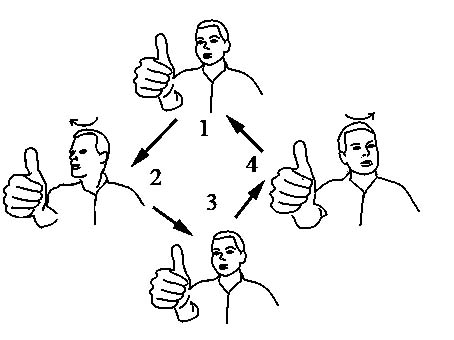
Vor Exercise Gaze Stabilisation Exercises Ear Balance And Eustachian Tube
If an exercise does not cause.
. Sitting down repeat exercise 2 in front of a patterned or moving background such as a TV or computer screen. The exercises will bring on your symptoms but in a very controlled way. This is essential to the re-programming and if you do not bring on the dizziness at all the exercises will not work.
Exercises A In bed 1 Eye movements. This adds up to 42 sets in total. L All exercises should be performed slowly to begin with and gradually progress to faster movements.
The Brandt-Daroff exercises should be performed for two or three weeks and a suggested schedule is as follows Time exercise duration. Remain in this position for 30 seconds or until you no longer feel dizzy. Brandt-Daroff exercises Brandt-Daroff exercises are a series of simple movements that can help stop the dizzy spells that people with BPPV experience.
Bending forward and picking up objects from the ground Exercise set 3 Standing. Around when you exercise. As a general rule you should build up gradually from one set of exercises to the next.
Head exercises Gaze stabilization Target must remain in focus not blurry and appear stationary while head is in motion Perform exercise with little head movement 45º to either side of. Allow about 20 minutes for each session and allow time for a rest afterwards. Eye head and shoulder movements as above 2.
Changing from sitting to standing position with eyes open and shut 3. Vestibular Rehabilitation is an exercise-based programme to encourage the nervous system to compensate for problems in the inner ear. Vestibular rehabilitation home exercises Exercises performed at home are sometimes recommended.
Please do all six movements 2-3 times each day. The exercises you will be shown and taught by the physiotherapist are designed to re-programme your brain to tune-out the dizzy sensations. Vestibular rehabilitation wwwuhcwnhsuk - 2 - From this assessment the audiologist will develop an individualised treatment plan that will include exercises to be performed both in the department and at home which combine specific head and body movements with eye exercises.
These exercises should be performed for two weeks three times per day or for three weeks twice per day. Following a thorough examination a specialist Physiotherapist will develop a personalised home exercise programme for you. At first slow then quick.
They succeed in 95 of cases but more arduous than the Epley manoeuvre. Vestibular compensation Vestibular compensation is a process that allows the brain to regain. Do the exercises one two or three times a day.
Exercise set 2 Sitting. As they are designed to challenge your balance system you may feel some. In most persons complete relief from symptoms is obtained after 30 sets or about 10 days.
It is not clear why the exercises work. Perform the standing exercises with no shoes on or with flat-heeled shoes. Brandt-Daroff exercises These exercises are a method of treating Benign Paroxysmal Positional Vertigo BPPV.
Do not perform the exercises more strenuously or vigorously than you. 122019 AAHC VertigoVestibular Vestibular Rehabilitation Exercises Level 1 page 2. Keeping head still move eyes left to right 3.
When there is an injury or abnormality in any portion of this system the brain must be retrained or taught to interpret correctly the information it receives. In all other sections exercises should be carried out five times with eyes open and five times with eyes shut. Vestibular rehab exercises pdf nhs Saturday April 2 2022 Edit.
Later with eyes closed. You might find that your dizziness problems get worse for a few days after you start the exercises but you should persevere with them. Your vestibular rehabilitation exercises are designed to make you experience mild.
Eye movements and head movements as above 2. A bend backwards and forwards b turn from side to side B Sitting 1 and 2 - as above. Treatment may also include increasing.
You may find it helpful to complete your exercises at specific times each day. Extra Vestibular Rehabilitation Exercises Procedure Make sure you are seated safely before starting the exercises. Do not rush the exercises.
NHS Trust How to do the exercises 1. Eye and head movement exercises. Vestibular exercises merely stimulate the vestibular apparatus.
The next set of exercises. In approximately 30 percent of patients BPPV will recur within one year. In section A the exercises should be done with eyes open.
Standing up repeat exercise 2 standing initially on a few bath towels then a soft foam base. C Focus on fingers at arms length. Exercises to improve standing.
The brain interprets information gained from the vestibular or balance system. Be careful when you start to move after you have completed the exercises. Exercise set 2 Sitting.
Exercises for long-term balance problems. Vestibular rehabilitation exercises A fact sheet for patients and carers Vestibular compensation Vestibular compensation is a process that allows the brain to regain balance control and minimise dizziness symptoms when there is damage to or an imbalance between the right and left vestibular organs balance organs in the inner ear. Tightrope walk forwards placing one foot immediately.
L Exercises should be performed 3 times a day. Activities that promote Vestibular input Swings linear or rotation Sitting in a Rocking chair Gaming style floor chair Spinning chair Balance board Yoga especially inversion poses Hanging upside down this can be achieved at the park swinging from a tree branch. Exercises l Make sure that you are in a safe environment before you start any of the exercises to reduce the risk of injury.
How difficult should my exercises feel. Eye and head movement exercises. The management plan may include.
During vestibular rehabilitation therapy VRT home exercises are a vital part of treatment. It is important to complete your exercises this often every day. Shoulder shrugging and circling 3.
At first slow then quick a up and down b from side to side c focus on finger moving from 3ft to 1ft away from face 2 Head movements. Please be aware that for some exercises it may take a while for you to get used to it. We recommend that you complete your exercises three times a day if possible.
Standing up repeat exercise 2 standing barefoot. Vestibular rehabilitation exercises This is a specific form of physiotherapy which may be suggested if your movements are very affected. At home with an internal door.
Within the vestibular or balance system. It helps to retrain the brains ability to adjust the balance problem and is known as compensation and adaption. Level 1 Eye movements head kept still a Look up then down.
Some evidence suggests that the exercises help to relocate the loose crystals that cause the dizziness in the first place. Cawthorne-Cooksey Vestibular Exercises Section A. The management plan may include.

Wrist Exercises Wrist Exercises Hand Therapy Exercises Hand Therapy
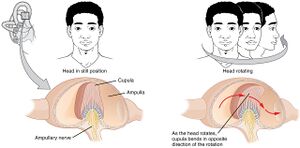
Introduction To Vestibular Rehabilitation Physiopedia

Wrist Exercises Mobilityexercises Wrist Exercises Hand Therapy Exercises Hand Therapy
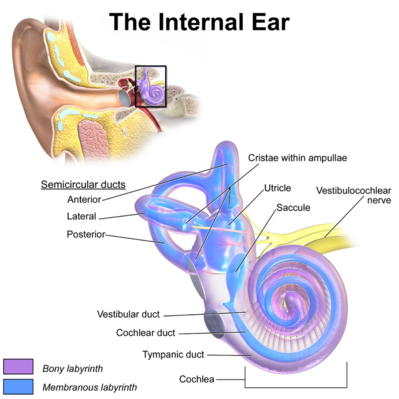
Introduction To Vestibular Rehabilitation Physiopedia

Vestibular Rehabilitation Exercises Brain Spine Foundation

Compensation Seattle Dizzy Group

Vestibular Rehabilitation Giddiness Exercises Youtube
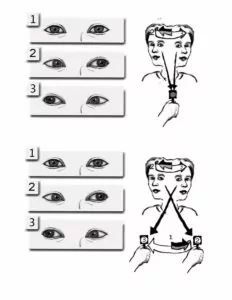
Vestibular Rehabilitation Therapy Vrt Veda

Understanding The Causes Of Vertigo Youtube

Rehabilitation Exercises Rehabilitation Exercise Images
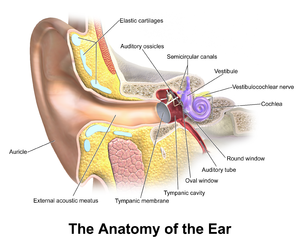
Introduction To Vestibular Rehabilitation Physiopedia

Vestibular Rehabilitation Meniere S Society
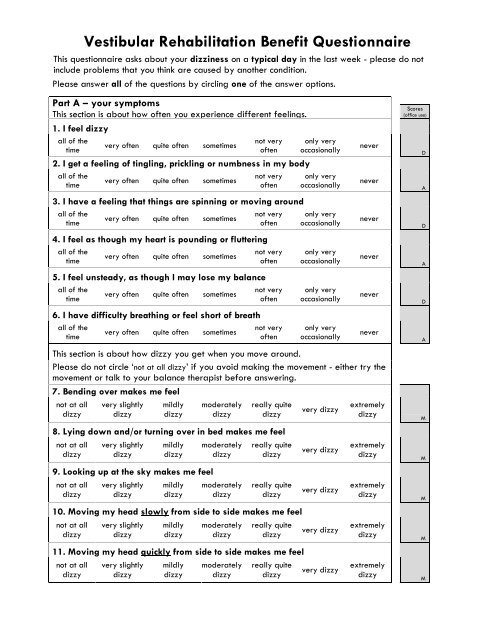
Vestibular Rehabilitation Benefit Questionnaire

Vestibular Rehabilitation Therapy Vrt Veda

Home Vestibular Exercises Youtube

Vestibular Neuronitis Vestibular Neuritis Conditioner Inner Ear